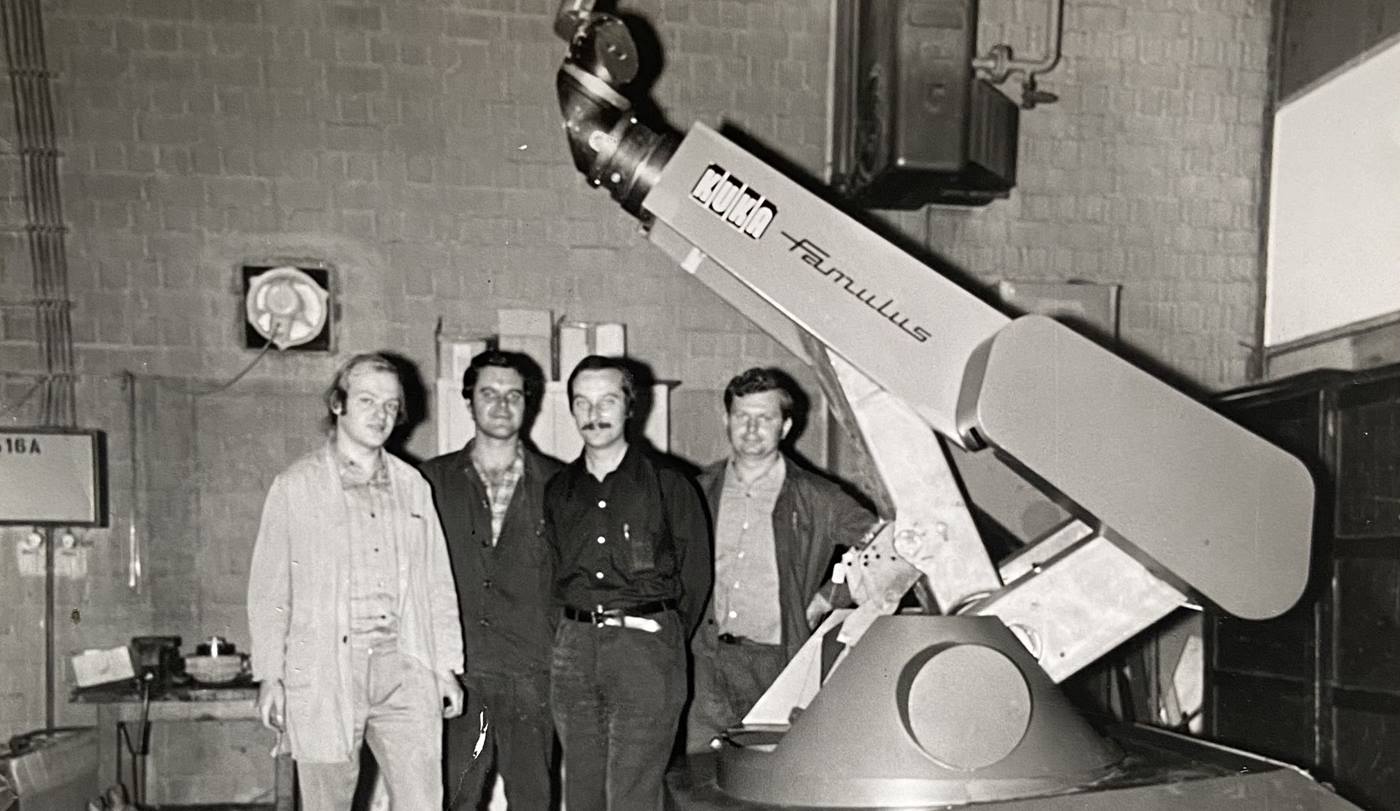A modified grid infrastructure based on direct current grids is intended both to promote the energy turnaround and to promote energy efficiency. With the help of DC grids, the industrial energy supply architecture is to be digitized, thus creating energy systems for the future.
Why is a switch to direct current being worked on?
The changeover to a direct current network makes it possible to reduce conversion losses, avoid peak loads and reduce energy consumption. The chances of direct current technology for industrial production are enormous and the importance of such a grid is only too clear.
Energy potential should be better utilized with direct current
In machines with speed-controlled electric motors, such as robots, energy is released when motion is braked. This energy is lost in the previous alternating current network. In the direct current network this is to change. This is because it ensures that precisely this lost energy can be fed back again. Existing energy efficiency potentials are thus better utilized.
Even when using speed-controlled motors, AC mains systems present obstacles. Usually these motors are direct current consumers. The catch: for each device, alternating current must be converted separately into direct current. The new network structure is based on an AC voltage feed, in which the conversion is no longer done individually for each device, but centrally at the feed-in device. The direct supply of direct current voltage means that all decentralized energy conversions can be eliminated, conversion losses are significantly reduced and centralized energy conversion from AC to DC is much more efficient.
Direct current: a prerequisite for tomorrow’s production?
Automation and digitization require a stable power supply, because production plants are increasingly automated by robots. Short-term power failures in the AC grid can interrupt the supply to the drives, which can lead to production downtimes and faulty production. The result: high costs are incurred and workpieces often end up in scrap in semi-finished process steps.
- With DC mains, the system can continue to operate autonomously in the event of a power failure. Stable power supply networks are therefore a prerequisite for such production processes.
- Automated systems usually have a high power requirement, resulting in high power peaks. Direct current networks make it possible to significantly reduce these power peaks by integrating batteries or other storage devices. The storage units always release energy exactly when it is needed. This saves electricity costs, because not only the amount of electricity but also the peak power is important. Photovoltaic systems with storage can also be used more efficiently.
- Together with the saving of energy consumption, direct current networks lead to a CO2 reduction of the factories, which is a strong incentive for many companies.
Using the advantages of direct current technology
The challenges of previous alternating current grids illustrate the relevance of new grid structures. The introduction of a centralized DC grid is intended to create the prerequisites for overcoming the existing hurdles. The change from alternating current to direct current offers many possibilities. However, it is not yet possible to say when the DC networks will make their way into the factories. However, once DC technology is ready for the market, KUKA will be able to offer DC-based production systems:
- Reduced power consumption through the use of braking energy,
- easy integration of renewable energy sources and
- Savings due to smaller dimensioning of lines and transformers
are only a few of the advantages that KUKA’s customers gain from using such production facilities.
KUKA is working on the revolution in industrial power supply
KUKA plans to convert part of the SmartProduction Center KUKA’s versatile and flexible matrix solution – to DC power supply. Initial power measurements have already shown that by converting to DC power with a storage tank, the peak power can be reduced from 50 kW to 20 kW. The potential of DC technology is also demonstrated by the eight percent savings in the recovery of braking energy.
As part of the “DC-INDUSTRY2” research project, KUKA is working with 38 other companies from industry and research to revolutionize industrial power supply. The project focuses on the direct current supply of entire production halls. The research project is funded by the Federal Ministry of Economics and Energy (BMWi for short).















